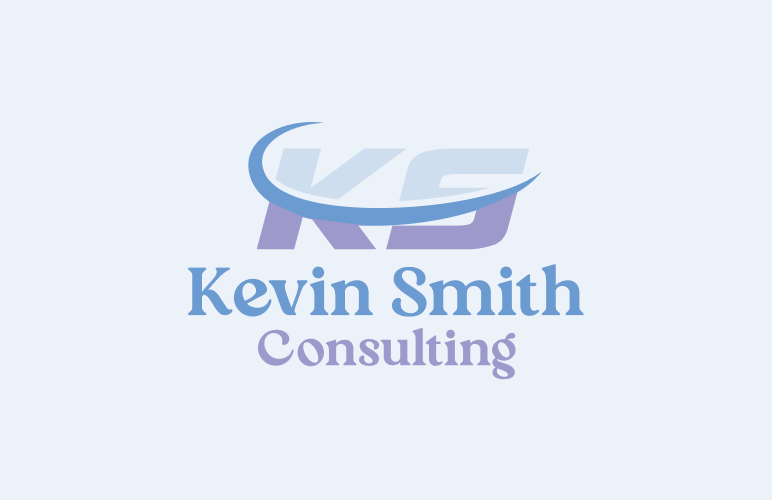Boosting Efficiency: Strategies for Small Business Success
- “The Importance of Efficiency in Small Business”
– Understand why efficiency is a critical factor in the success of small businesses and how it contributes to steady growth.
- “Streamlining Processes and Workflows”
– Learn how to review and optimize existing processes and workflows by eliminating inefficiencies and automating tasks.
- “Leveraging Technology and Automation”
– Explore the benefits of embracing technology and automation tools to streamline operations, reduce manual work, and enhance productivity.
- “Empowering and Training Employees”
– Discover the significance of empowering employees, providing training, and fostering a culture of involvement to improve workforce efficiency.
- “Effective Communication Strategies”
– Explore strategies for establishing clear and open lines of communication within your organization to improve coordination and minimize misunderstandings.
- “Prioritizing Task and Time Management”
– Learn how to encourage effective task and time management practices among employees to ensure resource utilization and project completion efficiency.
- “Embracing a Culture of Continuous Improvement”
– Understand the value of continuous improvement and how it contributes to staying competitive and driving greater overall efficiency.
Boosting Efficiency: Strategies for Small Business Success
Introduction
Efficiency is a key factor in the success of any small business. As I grew my first small business, Kevin Smith Transportation Group, the best way to maintain steady growth is by implementing the most efficient strategies. This blog post aims to provide practical strategies that small business owners can implement to enhance efficiency and productivity in their operations. By optimizing processes, leveraging technology, empowering employees, and prioritizing continuous improvement, small businesses can streamline their operations and achieve greater success.
Streamline Processes and Workflows
Review your existing processes and identify areas where bottlenecks and inefficiencies occur. Streamline workflows by eliminating redundant steps, automating repetitive tasks, and optimizing resource allocation. Use process mapping techniques to visualize workflows and identify areas for improvement. By implementing lean principles, small businesses can reduce waste, improve productivity, and achieve smoother operations.
Leverage Technology and Automation
Embrace technology tools and software solutions that can streamline tasks and enhance efficiency. Invest in project management software, customer relationship management (CRM) systems, accounting software, and other industry-specific tools. Automate repetitive tasks, such as invoicing, inventory management, and email marketing, to free up time for more valuable activities. Adopt cloud-based solutions to facilitate collaboration, data accessibility, and remote work.
Empower and Train Employees
Nurture a culture of empowerment and provide employees with the necessary training and resources to excel in their roles. Clearly communicate expectations, goals, and responsibilities to ensure alignment. Encourage employee feedback, ideas, and involvement in decision-making processes. Invest in professional development opportunities and cross-training to build a versatile workforce. Empowered and skilled employees contribute to higher productivity and drive efficiency within the organization.
Focus on Effective Communication
Establish clear and open lines of communication within the organization. Foster a culture that encourages regular and transparent communication between team members, departments, and management. Utilize collaborative communication tools to facilitate quick and efficient information sharing. Regularly hold team meetings, provide performance feedback, and address concerns promptly. Effective communication minimizes misunderstandings, improves coordination, and enhances overall efficiency.
Prioritize Task and Time Management
Encourage effective task and time management practices among employees. Implement project management methodologies, such as Agile or Kanban, to prioritize and track tasks. Set realistic deadlines, break down complex projects into manageable steps, and establish clear milestones. Promote the use of time-tracking tools to monitor productivity and identify areas for improvement. Efficiently managing time and tasks ensures that resources are utilized effectively and projects are completed on schedule.
Embrace Continuous Improvement
Instill a culture of continuous improvement within your small business. Encourage employees to identify inefficiencies, propose solutions, and implement process enhancements. Regularly evaluate performance metrics, customer feedback, and industry trends to identify opportunities for improvement. Implement a feedback loop where lessons learned are shared and incorporated into future strategies. By continuously striving for improvement, small businesses can stay ahead of the competition and drive greater efficiency.
Conclusion
Efficiency is a crucial factor in small business success. By streamlining processes, leveraging technology, empowering employees, prioritizing communication, emphasizing task and time management, and embracing continuous improvement, small businesses can achieve higher levels of efficiency, productivity, and overall success.
